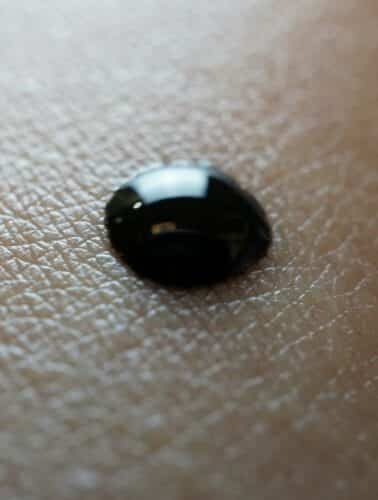Researchers at UCLA have developed an innovative liquid acoustic sensor capable of distinguishing voices with high accuracy, even amid noise.

Drawing inspiration from whales’ “melon” organ. The team, led by Jun Chen, associate professor (bioengineering ), University of California, Los Angeles (UCLA) crafted a liquid-based sensor with self-filtering properties that enhances voice recognition by minimizing low-frequency noise, a feature pivotal in noisy environments or underwater scenarios. “Our work is inspired by the melon in whales, a fatty tissue located in the whale’s forehead,” explained Chen. This organ in whales focuses and modulates sound, facilitating echolocation with minimal energy loss. Similarly, the UCLA sensor adapts to surrounding conditions, allowing sound to travel with enhanced clarity.
The sensor’s design includes a three-dimensional, ramified network of magnetic nanoparticles suspended in a liquid medium, making it appealing for sectors requiring precision in noisy settings, such as marine research and environmental monitoring. Its structure reacts to pressure, detecting deformations and vibrations caused by sound with remarkable accuracy. Traditional sensors often struggle in dynamic or underwater conditions; however, this unique composition enables the liquid sensor to excel in these challenging environments, suggesting its potential for industries involved in underwater acoustic analysis, security systems, and advanced robotics.
One standout achievement of this sensor is its high signal-to-noise ratio of 69.1 dB, coupled with the ability to detect minimal pressures as low as 0.9 Pa. It also self-filters, reducing biomechanical noise below 30 Hz for enhanced clarity. “These sensors not only work effectively in the air but can also be utilized in underwater environments, such as oceans, for detecting marine animals and other applications,” Chen noted.
Combined with artificial intelligence (AI), the sensor achieves a voice recognition accuracy of 99%. The AI component interprets low-noise signals captured by the sensor, with deep learning algorithms refining recognition rates. “Artificial intelligence plays a key role in our sensing system, specifically supporting voice recognition,” Chen emphasized. This breakthrough may open pathways for complex settings needing sound clarity, including marine exploration, data collection, and even advanced wearable devices.
Future research aims to refine liquid materials and advanced noise-cancellation capabilities, broadening the sensor’s applications in fields where precise acoustic data collection is vital.





